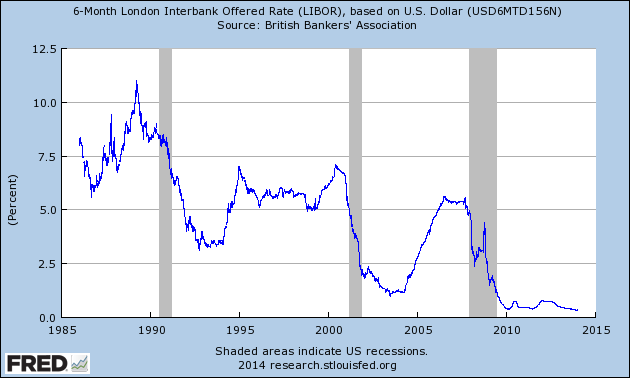Those willing to lock up their money in fixed income instruments over long periods are ordinarily compensated in the form of higher yields (unless the interest rate environment is such that there is an inverted yield curve).
CD rates however have been compressed for several years, and most CD purchasers have found little incentive to go out far on the duration curve. Rather the more prudent course of action has been to stay in online savings accounts or lock into shorter duration CDs in order to avoid the risk of rising rates.
Goldman Sachs is currently offering a CD product that not only delivers immediately higher yields (3.25%) but has step-up terms that provide some level of protection if yields were to go higher. The CD, which pays interest semi-annually and is callable on each interest payment day after 2 years, steps up to paying 3.50% if it has not been called by March of 2021, then to 4% in 2024, 5% in 2027, and 7% in 2028.
In general, I like step-up or bump-up products as a hedge against rising interest rates. I particularly like the fact that the current Goldman Sachs offering is an FDIC insured CD, unlike structured notes that can also have similar features but where the purchaser is taking on the credit risk of the issuing bank.
The Goldman CD, however, lacks parity in risk. Goldman is funding itself at a very attractive rate with an option to return purchasers’ money in two years. Depositors, however, are taking on the following risk:
1) The risk of having their money tied up in an illiquid manner for 15 years,
2) The risk of earning 3.50% or less on their cash for the next 10 years and 4% on their cash for the next 13 years, and
3) The call risk of having the CD returned in 2 years if interest rates stay low.
A depositor needs to understand that Goldman Sachs Bank will call the CD in two years in interest rates remain low. However, it is very possible that CD rates could return over the next 6 to 24 months to levels where a 5 year CD is paying 5 to 6%. Were that to happen, you would be earning a rate that is substantially below market and have your money tied up for a significant length of time. Basically, the CD produces a “heads I will, tails you lose” type of outcome.
The opportunity to get a 3.25% yield on an FDIC-insured CD in the current market is very tempting. More prudent depositors will forgo this temptation and look at 2, 3 or 4 year bump-up CD products –such as those offered by CIT Bank and Ally Bank - as being more appropriate for this stage in the interest rate cycle. Those products are listed in the relevant pages of this site and discussed in this article.

